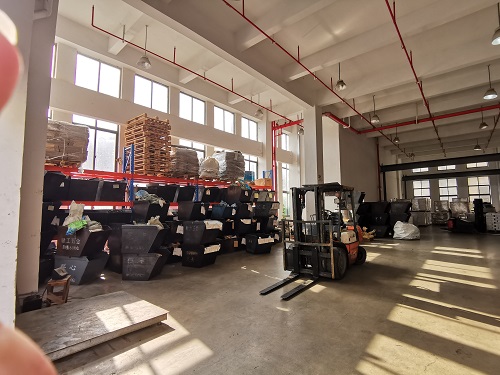What opportunities will the fastener market see in the next decade?
2025-08-12
Jiaxing Aoke Hardware was established in 1986, and we have 39 years of experience in fastener production. As a basic component, fasteners play a crucial role despite their small size, and are widely used in many fields such as automobiles, aerospace, construction, and electronics. They are an important part of ensuring the stable operation of various mechanical equipment and structures. With the development of the global economy and the continuous transformation of various industries, the fastener market will face both growth opportunities and challenges in the next decade.
Currently, the global fastener market is showing steady growth. According to relevant data, the global hardware fastener market size is projected to reach 90.619 billion USD by 2025. From a regional perspective, the Asia-Pacific region, driven by rapid manufacturing growth and significant infrastructure development needs, has become the world's largest fastener consumption market. China, as a major manufacturing powerhouse, holds a significant position in the global fastener market, not only as the largest producer but also as an important consumer.

Looking ahead, the growth opportunities for fasteners over the next decade appear promising.
- New Energy Vehicle Sector
With the global pursuit of environmental protection and sustainable transportation, the new energy vehicle industry is booming. An electric vehicle requires approximately 20% more fasteners than a traditional fuel-powered vehicle. Additionally, the power systems and battery packs of new energy vehicles impose higher performance requirements on fasteners, such as higher strength, corrosion resistance, and lightweight characteristics. By 2035, global production of new energy vehicles is expected to increase significantly, creating substantial incremental demand for fasteners. It is projected that the compound annual growth rate (CAGR) for fastener demand in the new energy vehicle sector will exceed 20% between 2025 and 2035.
- Renewable Energy Sector
Driven by the ‘dual carbon’ goals, the installed capacity of renewable energy sources such as wind power and photovoltaics continues to rise. Taking wind power as an example, the tower, blades, and nacelle of wind turbines all require a large number of high-strength, fatigue-resistant fasteners. As offshore wind power expands into deeper waters, stricter requirements are being placed on the corrosion resistance of fasteners. By 2035, the global installed capacity of wind power and photovoltaic systems is expected to far exceed current levels, which will significantly drive the growth of the fastener market.


























